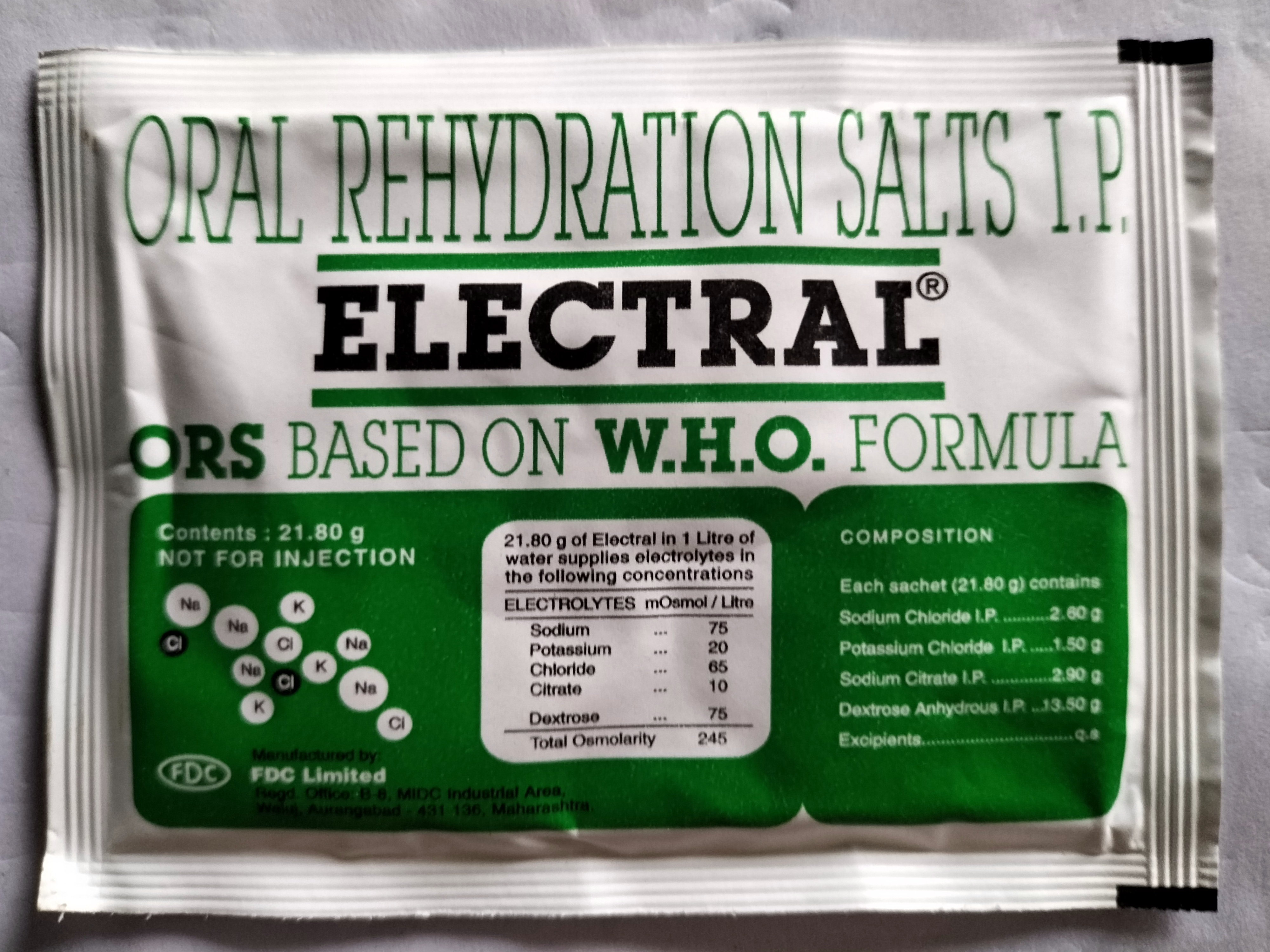|
Urine Osmolality
Urine osmolality is a measure of urine concentration, in which large values indicate concentrated urine and small values indicate diluted urine. Consumption of water (including water contained in food) affects the osmolality of urine. Osmolality is measured by osmometer, which evaluates the freezing point depression of a solution and supplies results as milliosmoles per kilogram of water while specific gravity is measured by colorimetric strips, refractometer, hydrometer and pyknometer. In healthy humans with restricted fluid intake, urine osmolality should be greater than 800 Osmole (unit), mOsm/kg, while a 24-hour urine osmolality should average between 500 and 800 mOsm/kg. Urine osmolality in humans can range from approximately 50 to 1200 mOsm/kg, depending on whether the person has recently drunk a large quantity of water (the lower number) or has gone without water for a long time (the higher number). Plasma osmolality with typical fluid intake often averages approximately ... [...More Info...] [...Related Items...] OR: [Wikipedia] [Google] [Baidu] |
Osmolality
Molality is a measure of the number of moles of solute in a solution corresponding to 1 kg or 1000 g of solvent. This contrasts with the definition of molarity which is based on a specified volume of solution. A commonly used unit for molality in chemistry is mol/ kg. A solution of concentration 1 mol/kg is also sometimes denoted as ''1 molal''. The unit ''mol/kg'' requires that molar mass be expressed in ''kg/mol'', instead of the usual ''g/mol'' or ''kg/kmol''. Definition The molality (''b''), of a solution is defined as the amount of substance (in moles) of solute, ''n''solute, divided by the mass (in kg) of the solvent, ''m''solvent: :b = \frac In the case of solutions with more than one solvent, molality can be defined for the mixed solvent considered as a pure pseudo-solvent. Instead of mole solute per kilogram solvent as in the binary case, units are defined as mole solute per kilogram mixed solvent. Origin The term ''molality'' is formed in analogy to ''mo ... [...More Info...] [...Related Items...] OR: [Wikipedia] [Google] [Baidu] |
Urine
Urine is a liquid by-product of metabolism in humans and in many other animals. Urine flows from the kidneys through the ureters to the urinary bladder. Urination results in urine being excretion, excreted from the body through the urethra. Cell (biology), Cellular metabolism generates many by-products that are rich in nitrogen and must be clearance (medicine), cleared from the Circulatory system, bloodstream, such as urea, uric acid, and creatinine. These by-products are expelled from the body during urination, which is the primary method for excreting water-soluble chemicals from the body. A urinalysis can detect nitrogenous wastes of the mammalian body. Urine plays an important role in the earth's nitrogen cycle. In balanced ecosystems, urine fertilizes the soil and thus helps plants to grow. Therefore, Reuse of excreta, urine can be used as a fertilizer. Some animals use it to territory (animal)#Scent marking, mark their territories. Historically, aged or fermented urine (kn ... [...More Info...] [...Related Items...] OR: [Wikipedia] [Google] [Baidu] |
Osmole (unit)
Osmotic concentration, formerly known as osmolarity, is the measure of solute concentration, defined as the number of osmoles (Osm) of solute per litre (L) of solution (osmol/L or Osm/L). The osmolarity of a solution is usually expressed as Osm/L (pronounced "osmolar"), in the same way that the molarity of a solution is expressed as "M" (pronounced "molar"). Whereas molarity measures the number of moles of solute per unit volume of solution, osmolarity measures the number of ''osmoles of solute particles'' per unit volume of solution. This value allows the measurement of the osmotic pressure of a solution and the determination of how the solvent will diffuse across a semipermeable membrane (osmosis) separating two solutions of different osmotic concentration. Unit The unit of osmotic concentration is the osmole. This is a non- SI unit of measurement that defines the number of moles of solute that contribute to the osmotic pressure of a solution. A milliosmole (mOsm) is 1/1,000 ... [...More Info...] [...Related Items...] OR: [Wikipedia] [Google] [Baidu] |
Plasma Osmolality
Plasma osmolality measures the body's electrolyte–water balance. There are several methods for arriving at this quantity through measurement or calculation. Osmolality and osmolarity are measures that are technically different, but functionally the same for normal use. Whereas osmolality (with an "l") is defined as the number of osmoles (Osm) of solute per kilogram of solvent (osmol/kg or Osm/kg), osmolarity (with an "r") is defined as the number of osmoles of solute per liter (L) of solution (osmol/L or Osm/L). As such, larger numbers indicate a greater concentration of solutes in the plasma. Measured osmolality (MO) Osmolality can be measured on an analytical instrument called an osmometer. It works on the method of depression of freezing point. Osmolality versus osmolarity Osmolarity is affected by changes in water content, as well as temperature and pressure. In contrast, osmolality is independent of temperature and pressure. For a given solution, osmolarity is slightly ... [...More Info...] [...Related Items...] OR: [Wikipedia] [Google] [Baidu] |
Urine
Urine is a liquid by-product of metabolism in humans and in many other animals. Urine flows from the kidneys through the ureters to the urinary bladder. Urination results in urine being excretion, excreted from the body through the urethra. Cell (biology), Cellular metabolism generates many by-products that are rich in nitrogen and must be clearance (medicine), cleared from the Circulatory system, bloodstream, such as urea, uric acid, and creatinine. These by-products are expelled from the body during urination, which is the primary method for excreting water-soluble chemicals from the body. A urinalysis can detect nitrogenous wastes of the mammalian body. Urine plays an important role in the earth's nitrogen cycle. In balanced ecosystems, urine fertilizes the soil and thus helps plants to grow. Therefore, Reuse of excreta, urine can be used as a fertilizer. Some animals use it to territory (animal)#Scent marking, mark their territories. Historically, aged or fermented urine (kn ... [...More Info...] [...Related Items...] OR: [Wikipedia] [Google] [Baidu] |
